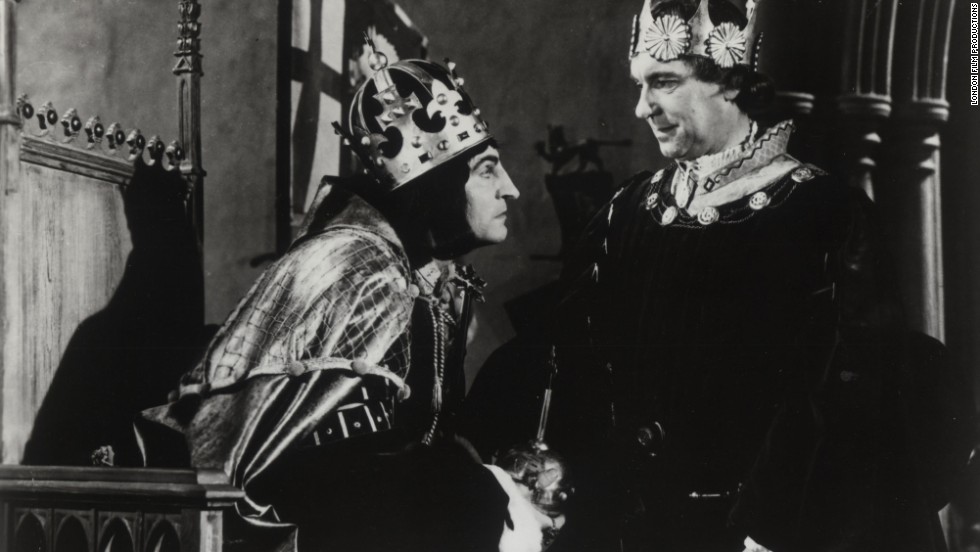

This is a pretty powerful testament to the popularity of Shakespeare's play and the impact of this mesmerizing character. So is Shakespeare really that gung-ho about the Tudors? Or is he just a playwright who knows it's in his best interest to give his queen some props?Įither way you look at it, one thing is for sure: when most of the world thinks of the historical Richard III, it's Shakespeare's portrayal of the guy they picture. Shakespeare's monarch, Queen Elizabeth I, was a Tudor and the granddaughter of Richard's replacement, King Henry VII. Since Shakespeare casts Richard III in a pretty bad light, some scholars argue that Shakespeare's play is all about promoting the "Tudor myth" – the idea that the Tudor reign ushered in a harmonious golden age of peace and prosperity in England. 1513), which passed Richard off as a tyrant whose physical deformity was just as warped as his immoral nature. So why is he portrayed as such a villain in Shakespeare's play? Shakespeare based his character on historical accounts like Thomas More's The History of King Richard the Third (c. Today we know that the historical King Richard III wasn't a "hunchback" and he probably didn't lie or manipulate any more than anyone else involved in the Wars of the Roses.

Despite his wickedness, Richard is the kind of villain that audiences just love to hate. Shakespeare famously portrays him as a "deformed hunchback" who ruthlessly lies, murders, and manipulates his way to throne before being taken down by the guy who becomes King Henry VII (whose reign ends the Wars of the Roses and ushers in the Tudor dynasty). The play then chronicles Richard's dramatic rise and fall. All of England is celebrating.except for Edward's youngest brother, Richard, who tells us straight away that he's "determined to prove a villain" and will do anything to get his hands on the crown. As Richard III opens, the Yorkist King Edward IV and his two bros have bumped the Lancastrian King Henry VI off the throne.

1455-1485), a series of English civil wars fought between two branches of the Royal House of Plantagenet: the Lancasters (whose heraldic symbol was the red rose) and the Yorks (symbolized by the white rose). The play picks up toward the end of the Wars of the Roses (c. Although it's the final installment in a group of history plays known as the "first tetralogy" (including Henry VI Part 1, and Part 2, and Part 3), Richard III can stand on its own. Since its first performance around 1592, this play has been one of Shakespeare's most frequently performed and best-loved works.

If you thought Hamlet's King Claudius was the worst brother in literary history, or that Othello's Iago was the most unapologetic villain onstage, or that Macbeth was Shakespeare's biggest tyrant of a king, then you haven't read Richard III. Read the full text of Richard III with a side-by-side translation HERE.


 0 kommentar(er)
0 kommentar(er)
